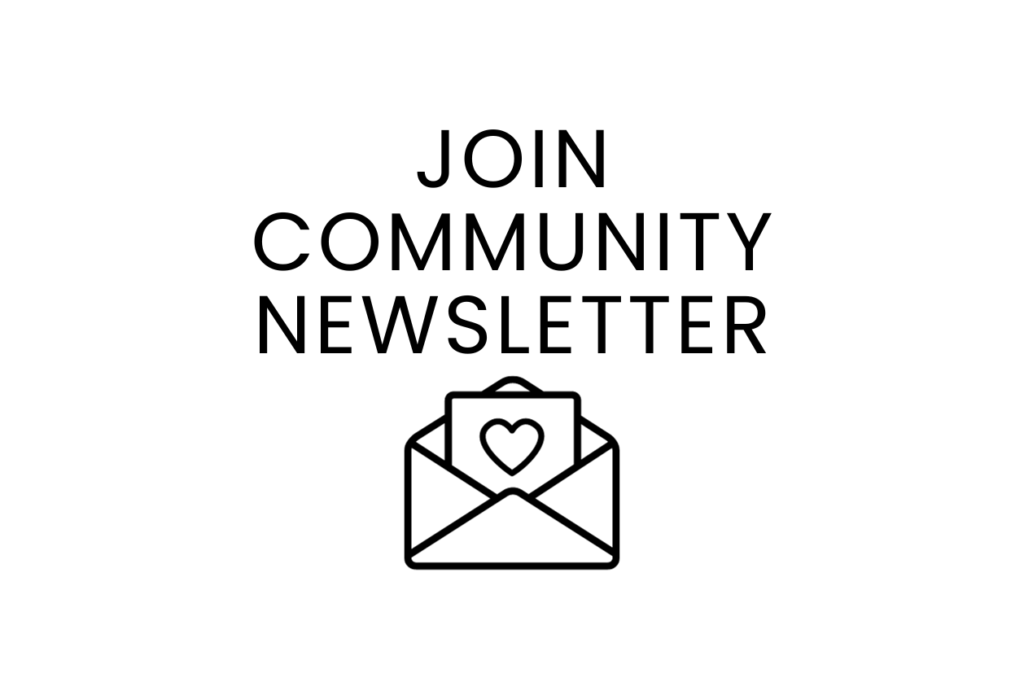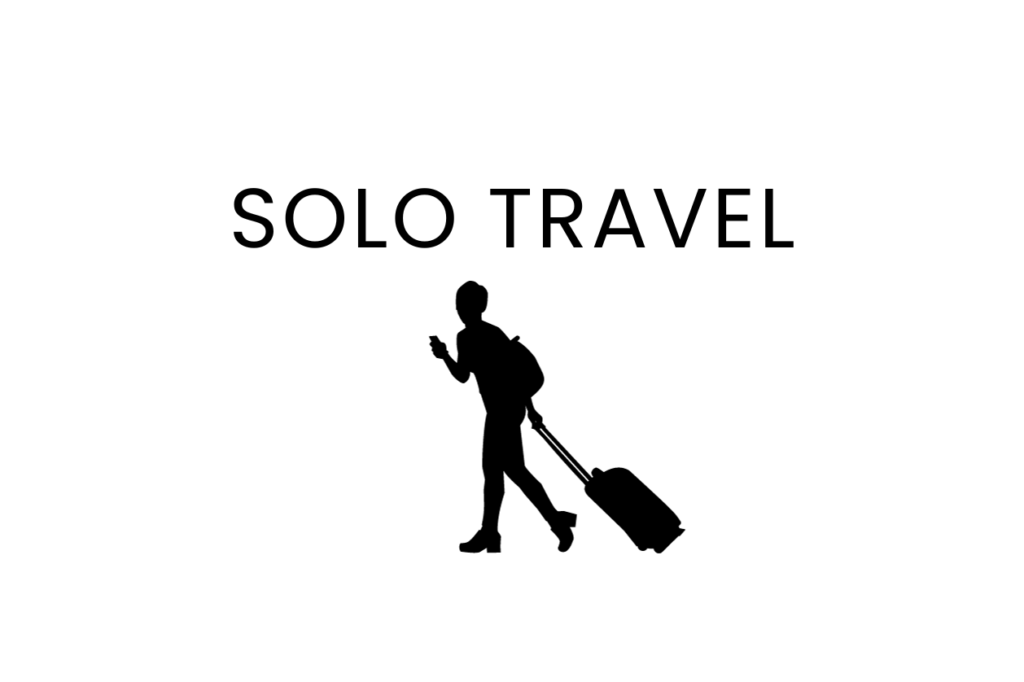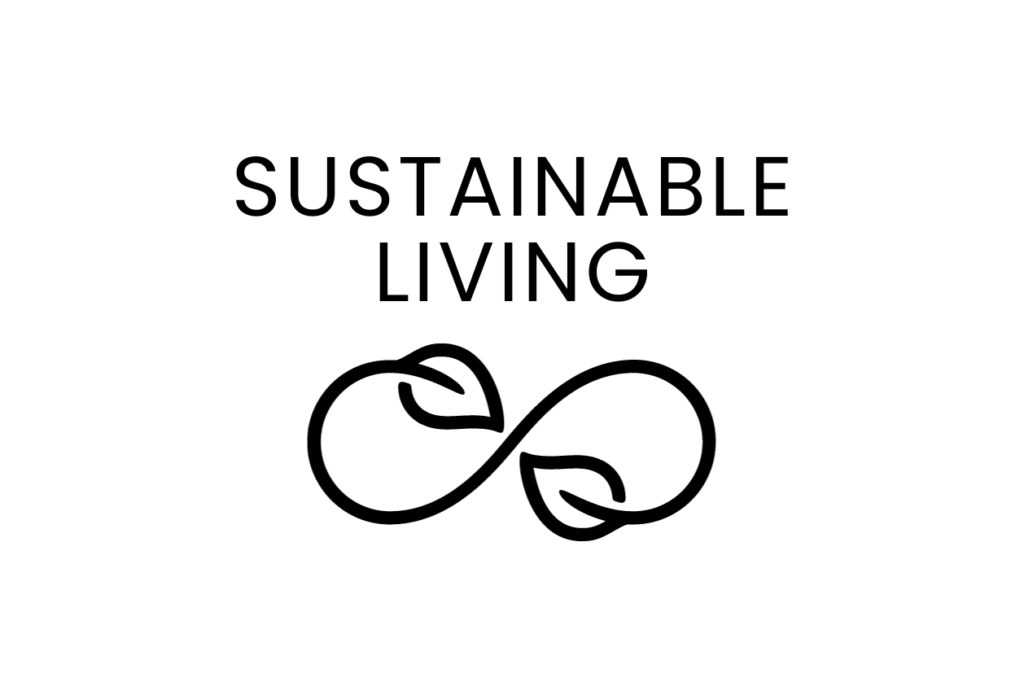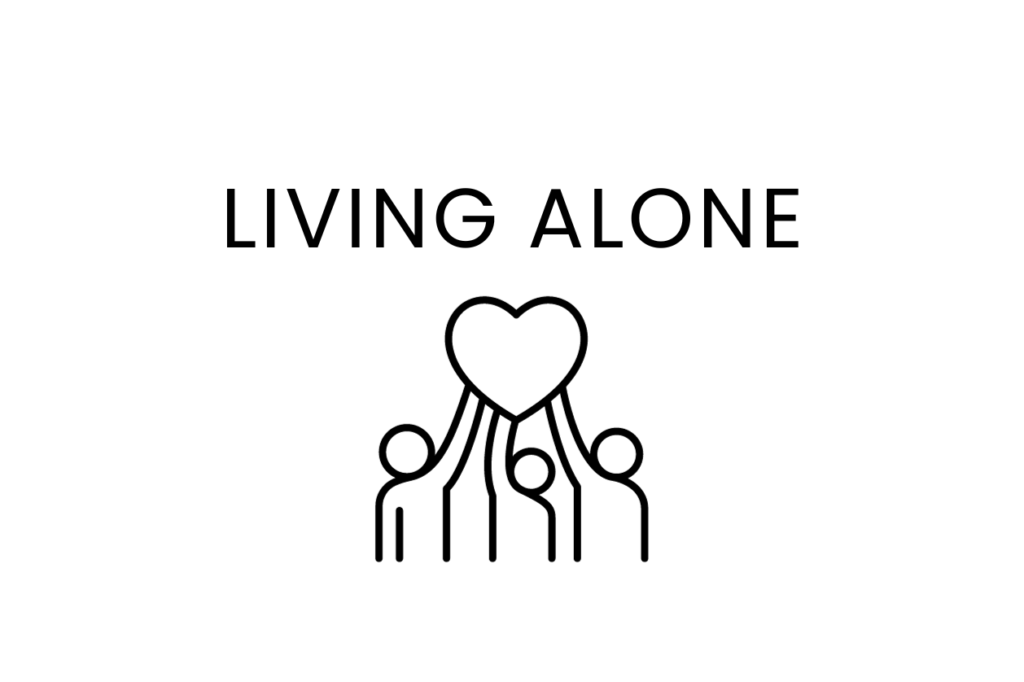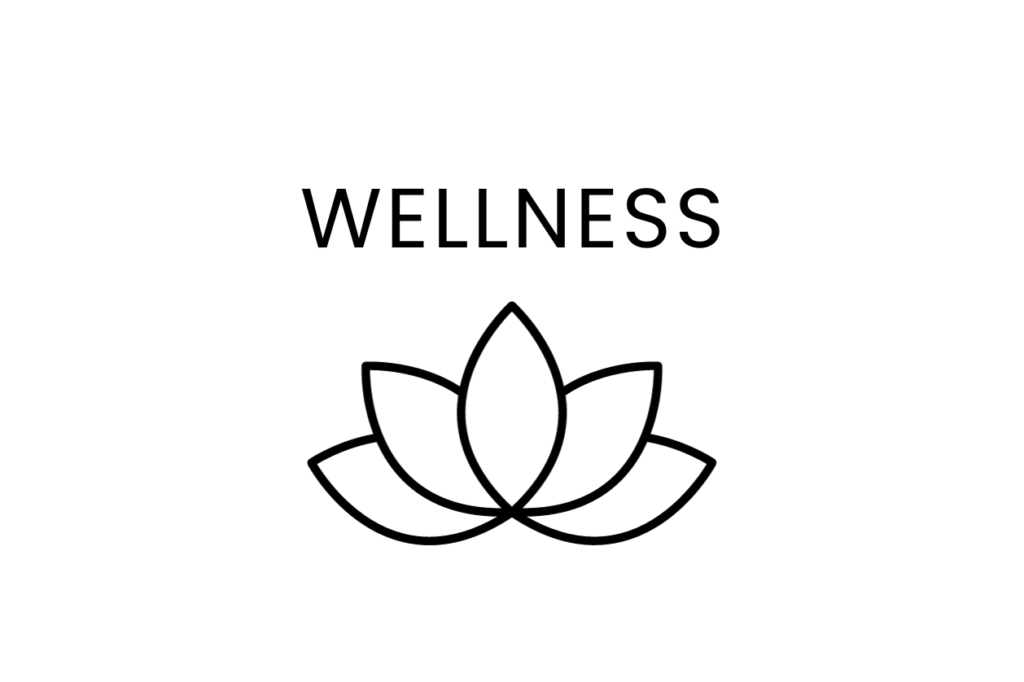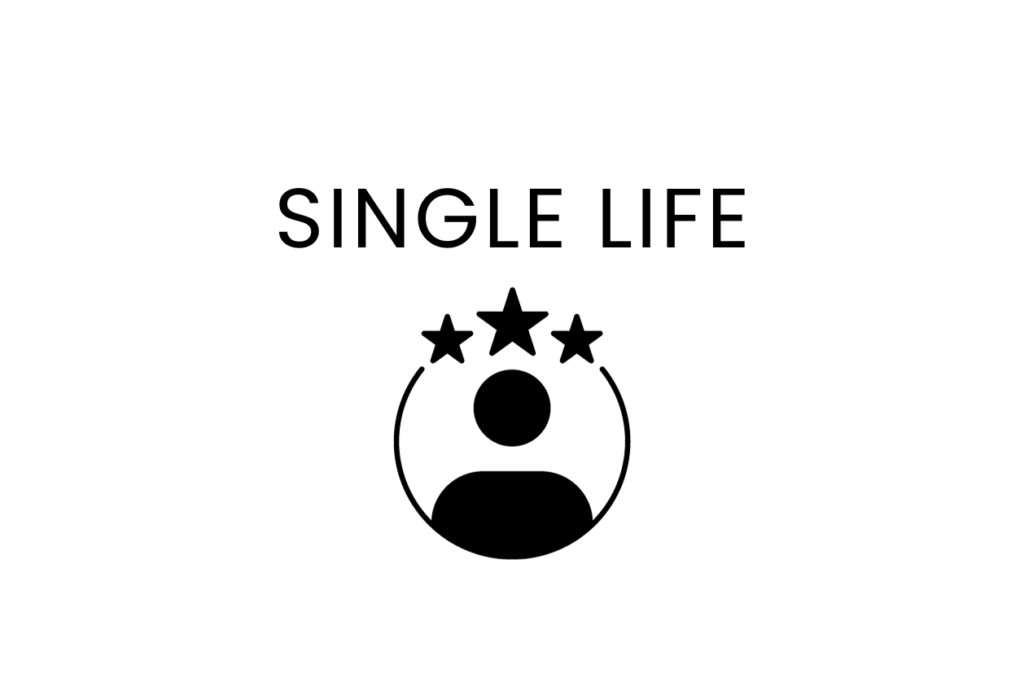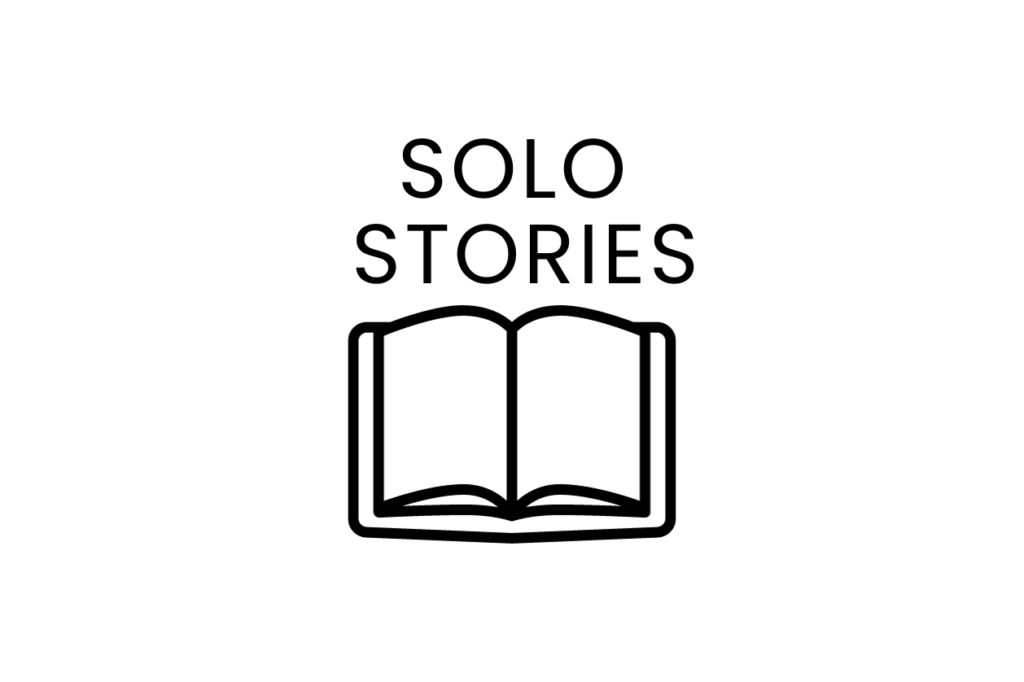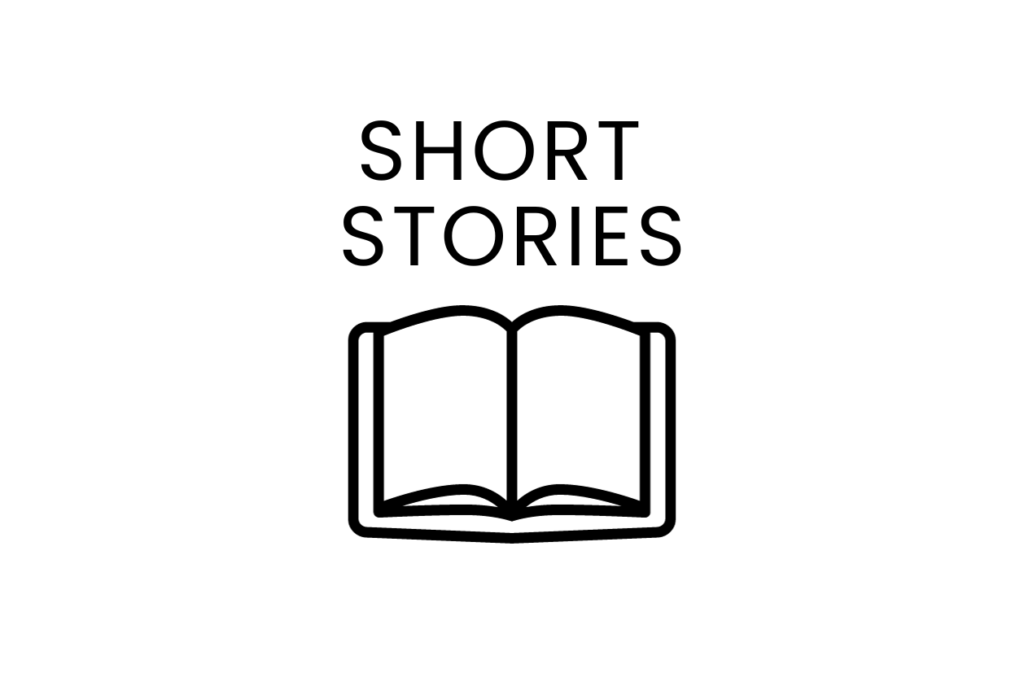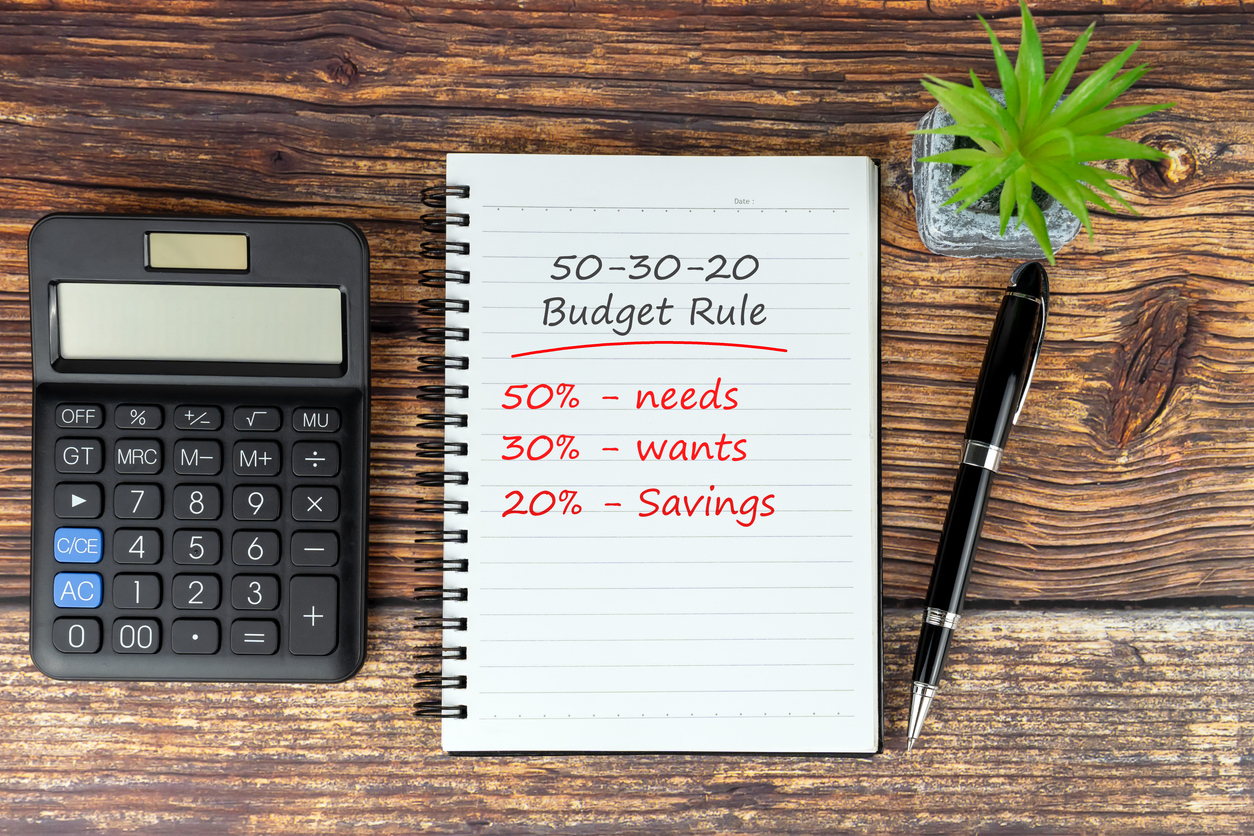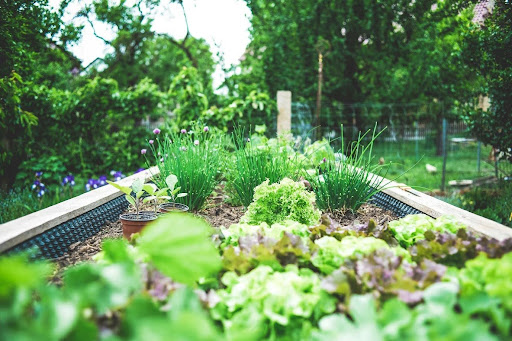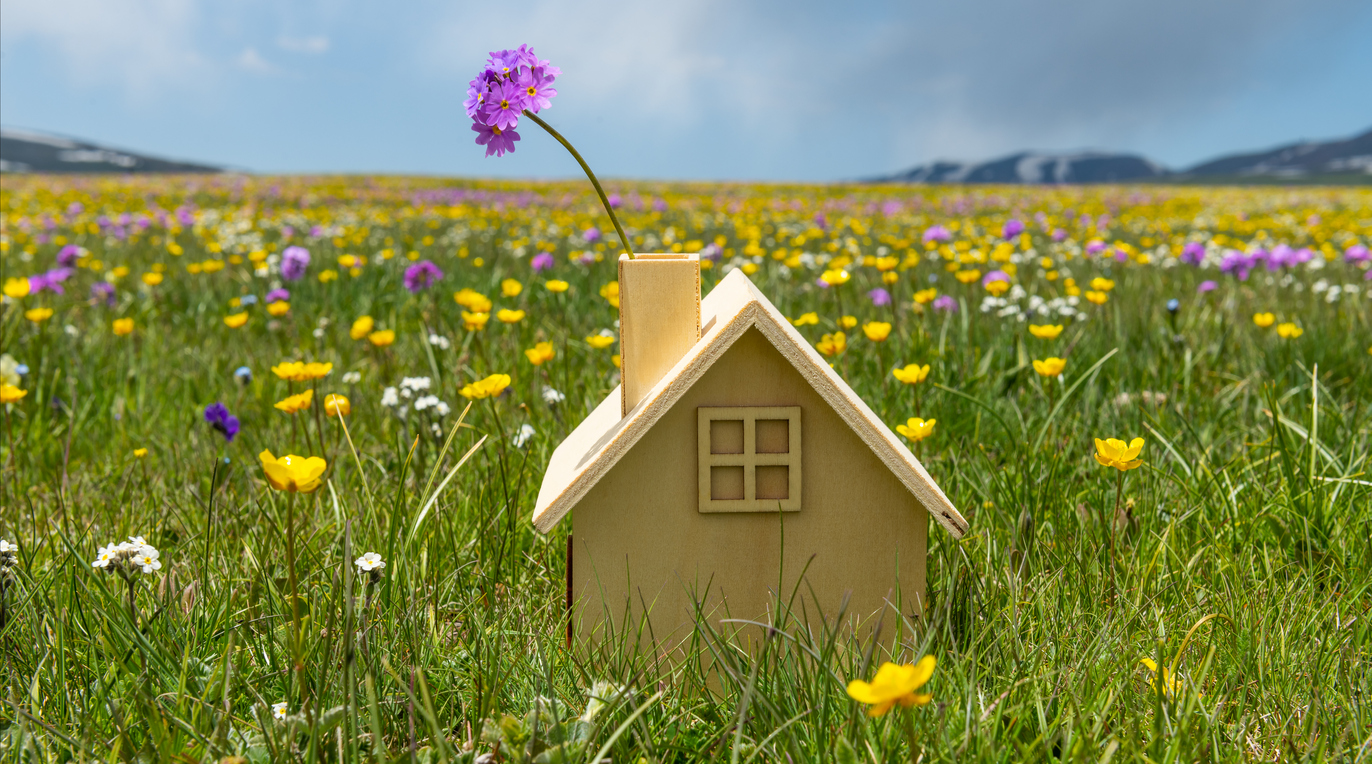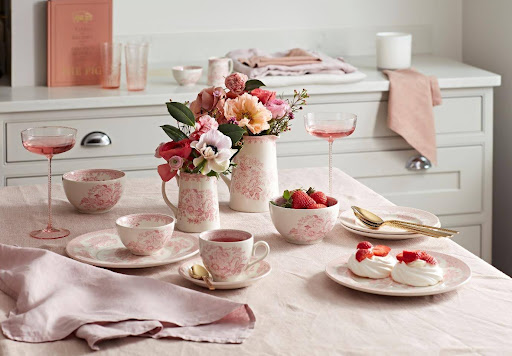To get a better understanding of this elusive concept, I decided to ask some friends their thoughts on vulnerability. The results were almost as difficult to decipher as my cats’ feelings towards me. Two core themes struck me from my short-lived investigation: vulnerability is both weakness and courage.
Vulnerability was deemed to some as a weakness yet to others as courageous. Two complete opposites forged together to create an emotional tug of war with the human psyche. Depending on what side of the vulnerability rope you stood, it was either respected or feared.
Vulnerability appears to have such opposing effects on us mere mortals. Could those who courageously show their vulnerable side be open to more authentic connections? Or are they just suckers for emotional punishment, and those who refuse to weaken their feelings fortress are actually the real winners?
An Exploration Of Vulnerability
Human Condition | 3rd April 2021 by Simone Garland
It was difficult to know where to start with this article, trying to define vulnerability. Is it simply a feeling? Or is it something more complex for the human race because of our inherent ability to have an emotional connection to almost everything? Do cats feel vulnerable?… I doubt it the way my cat looks at me sometimes. Vulnerability forms part of the human condition, and I wanted to explore what it is to be vulnerable and how it can impact our wellbeing.

To get a better understanding of this elusive concept, I decided to ask some friends their thoughts on vulnerability. The results were almost as difficult to decipher as my cats’ feelings towards me. Two core themes struck me from my short-lived investigation: vulnerability is both weakness and courage.
Vulnerability was deemed to some as a weakness yet to others as courageous. Two complete opposites forged together to create an emotional tug of war with the human psyche. Depending on what side of the vulnerability rope you stood, it was either respected or feared.
Vulnerability appears to have such opposing effects on us mere mortals. Could those who courageously show their vulnerable side be open to more authentic connections? Or are they just suckers for emotional punishment, and those who refuse to weaken their feelings fortress are actually the real winners?
Vulnerability as a weakness
I can understand why people might perceive vulnerability to be a weakness. The word itself is derived from the Latin word ‘vulnerare’, which means to be wounded, both in the physical and emotional sense. It is also intrinsically linked to feelings of shame or guilt, which can be powerful influencers to avoid being vulnerable at all costs. These core emotions aren’t modern.
Fear of failure or not being seen as worthy have driven the human psyche for centuries. With such strong negative emotions attached to vulnerability, why is it also seen as something courageous, which comes from strength? Research into shame and vulnerability is starting to lead with the theory that engaging with our vulnerability can, in fact, lead to resilience and improved wellbeing.
Queen of research into vulnerability and shame, Brené Brown remarks that “Vulnerability is the birthplace of connection and the path to the feeling of worthiness. If it doesn’t make you feel vulnerable, the sharing is probably not constructive”. Building on Brown’s thinking, if we as humans are hardwired for these authentic connections, then it is likely to be less of a fight, less between weakness and courage, and more conflict between our authentic selves and the version of ourselves that we put forward for the world to see. If this is the case, it can be argued that vulnerability is seen as a weakness because it attempts to change our own narrative to hide our own pain and insecurities.

What knowing our vulnerabilities can bring
Coming into contact with our vulnerabilities can improve and develop self-resilience, which in turn promotes wellbeing. Becoming aware of our own emotions, fears, or perceived weaknesses enables us to be more present in the moment, no matter how difficult it seems. Julie Lanford discusses this when describing the feeling when a loved one or close friend confides something they feel vulnerable about to you and how this can not only serve to strengthen bonds between one another but also develop feelings of resilience and well-being.
Research has also found that those who are seen by others as being able to show their vulnerable side are more trusted and respected by friends and family, which build more resilient and connected relationships.
Let’s take a look at Katy’s story:
Two years ago, Katy was facing the most significant crossroads of her life. Heading towards her forties, on the outside, she appeared to have the life many craved. She was a hard-working and successful project manager who seemed to have everything together.
“I lived a comfortable life. I could afford some of the finer things. No one would have known how different things were on the inside.”
Back then, people close to Katy would have described her as uptight, having to be in control of almost every detail of her life and work. For Katie, no day started without a list of objectives to meet. “It wouldn’t matter if it were a weekday or weekend. The thought of not having objectives or goals to meet during the day would fill me with anxiety and dread. Everything had to be for a purpose to achieve something. It was a running joke between my friends about my need to manage everything and everyone. No one knew the reality was it was a way of covering up a deep sensation that I was incredibly unhappy.”
Katy had always been described as an overachiever, with good grades throughout school and a 1st class degree from university. Throughout her life, she had been told she had to strive for more. “I don’t think people understand the pressure put on young people to achieve. From a young age, I felt this weight that I always had to do better. I developed this objective led personality.
I didn’t understand that you could do something for fun or because you just wanted to. I started to see everything in black and white, with purpose or without. Some saw it as being closed off or emotionally cold”.
Everything changed for Katy when her best friend became seriously ill. With no logic to the diagnosis or rapid effect it had on someone so close to her, soon things started to unravel. “I can remember the day Jamie received her results, and it wasn’t good. This burning sensation began to swell from my stomach. It made no sense, and I couldn’t believe it. At the same time, I couldn’t articulate how I felt or what I wanted to say. When I saw her, I felt like everything I had to say came out wrong. I’d spent so long disconnecting myself from everything around me now I wanted to connect, but I didn’t know how.”
The crossroads came that day that Jamie asked a common but powerful question ‘Are you happy?’. “Despite my hardy exterior, Jamie has always seen through it. We were like chalk and cheese, and no one could ever figure out how we managed to keep our friendship going over the years. I think maybe I was living vicariously through her – she was always spur of the moment and impulsive. That day when she asked me if I was happy, I knew what she meant. As I opened my mouth to give a well scripted and convincing reply, the words never came out. This feeling swept through my body, like letting the words out would leave me bare and vulnerable. But I knew I couldn’t lie, especially to her. ‘No’. A one-word reply that had decades of weight attached.”

Authenticity
Many of us might shake off a remark that we weren’t authentic. Our thoughts, feelings, and opinions are solely ours. Right? In actual fact, when we start to unpick how different elements influence our thinking, it’s easy to see how quickly you might align yourself with a narrative that isn’t authentic to your true beliefs.
How many of us have been in discussion with friends or family and realised that you’re the only person with a view in total opposition to everyone else. Have you stuck to your guns or slightly shifted your viewpoint to be more accepting of the majority? How many of us have moved our opinions on culture or simple things, like how we dress or behave, depending on those we follow or look up to on social media? Do I dare even mention the political rollercoaster we’ve been on for the last few years?
My point is that we’re forever being pulled in different directions on every opinion or moral value we hold. On the one hand, this is good, we should always be looking to evolve and grow, but do we ever stop to challenge or explore why. More importantly, are they actually our thoughts and feelings, or have we included them into our own narrative because it’s more acceptable?
Authenticity can be described as the ability to show your good side and your bad side to others. A bad side isn’t the side of hurtful opinions or judgements, but the side that just might not align with others. More often, we fall into patterns or behaviours that we know will keep people happy and keep quiet our true feelings.
Narratives
Every one of us has a never-ending narrative, essentially it is our life, and we share this with people through stories. We are great storytellers. We share stories of our day with partners when home from work. We pass down family stories through generations, and we connect with people around us by offering them stories of our experiences.
What’s interesting is how your part in every story told is adapted depending on the message you’re hoping to portray. There is a victim, a villain and a superhero in every tale, and these characters are all interchangeable.
This was a concept explored in a study into how people with lived experience of mental illness view themselves and portray themselves through their own narrative. Often in the throes of mental illness, they may see themselves as the villain or victim, but once in recovery, they share their story from the superhero’s viewpoint, the survivor.
Redacting our part of the victim or even the villain of our own stories ultimately covers up our vulnerabilities. Once this edited version has been played so many times, it cements itself within our mind. If we convince ourselves we’ve never been a victim or a villain; vulnerability becomes a weakness because it can unmask us as frauds.
This look into what it is to be vulnerable starts to show it’s more than just wearing your heart on your sleeve. Showing a side of yourself that encompasses true feelings takes more strength and resilience than we may realise. It results in more authentic connections with those around us and improves self-worth, belief and better all-round wellbeing.

Avoiding vulnerability
This deep delve into the human condition of vulnerability has thrown up some interesting points. Often people hide their pain and insecurities by retelling their story from the point of view of the superhero. Vulnerability is then avoided as it is not viewed as courageous and is instead deemed a weakness. If we continue to do this, do we risk losing sight of our authentic self, and as a result, our connections to other people become less fulfilling?
This is where in a daydream, we would have an epiphany, connect with our true selves and go on to live a harmonious and connected life. The reality, however, isn’t so magical. Placing yourself in a position of vulnerability isn’t a natural movement. Our brains have been hardwired since we evolved into fully functioning homosapiens to protect us from danger, and as time has gone on, danger can come in many forms, physical and emotional.
Telling our stories
The concept of telling our stories from the viewpoint of anyone other than a victim or a villain comes from narrative theory. Narrative theory suggests that our worlds are built on stories that we retell and recreate throughout our lives. Some research suggests that we can change and re-author these stories (essentially our experiences) depending on other people’s influence.
Fellow guest writer Faith has explored this in her post about leaving her partner, despite being told so often she would be hopeless on her own. She realised that she was, in fact, missing herself, not someone else to be happy. Faith’s story serves as a great example of losing touch with your authentic self – instead of seeing the world through someone else’s expectations and how this can influence your thoughts and feelings about yourself.
Being vulnerable hurts
From my experience as a mental health nurse, I can agree that vulnerability hurts. At least in those first stages. Breaking down emotional walls built high to protect oneself radiates very physical sensations. I’ve seen people cry so hard you worry if they would be able to ever stop. Some people scream and shout, breaking down those walls with the power of a dragon setting fire to anything close. Others stay silent, but the eyes speak a thousand words, and you can see there is a battle of a lifetime going on somewhere deep inside.
Although the experience is different for each individual coming face to face with their own vulnerabilities and insecurities, it is no less powerful. Of those I have witnessed going through this, I have also seen them take steps towards a more empowered and content version of themselves.
Being heard
Earlier, we introduced Katy, who rose to meet everyone else’s expectation but in the process lost touch with herself until faced with the possibility of losing her closest friend:
“It would be great to say that after I admitted to Jamie that I wasn’t happy that my life turned around to what it is today, but it doesn’t work like that.” Katy refused to accept her true feelings, avoiding Jamie for weeks through fear more would come tumbling out.
She threw herself into her work, making excuses to avoid seeing friends or family. Katy tried every means to convince herself she was really happy. “I just went into overdrive. I accounted for almost every hour of the day, so I wasn’t left alone with my thoughts. Of course, that’s neither healthy nor sustainable. In the end, I burnt myself out.
One day in the shower, I just started to cry, and I just couldn’t seem to stop. Later that day, I went to see Jamie. Of course, she knew why. Despite everything that was going on with her, she listened intently to me laying it all out on the table, so to speak. It was the hardest yet most refreshing conversation I had ever had.”
Jamie didn’t need to know the answers. Katy just needed her to see the true Katy that had been trying to come out all of this time.
Connecting with our vulnerability
So, where do we start on this quest to connect with our vulnerability to develop our own sense of self?
First, we have to sit ourselves down and tell ourselves to get ready; this will hurt. Remember, the root of the word vulnerable itself comes from the Latin word to be wounded. The biggest downfall to owning our own perceived weaknesses and accepting them is our ability to turn against ourselves when we get caught out.
We’re good at seeing the first signs of weakness and resorting to phrases like: ‘I’m no good at this’, ‘I’m failing’ and ‘I’m not worth this’. We need to promise ourselves that no matter what, we’ll be our own biggest cheerleaders – no matter how many times we fail, get hurt, or misjudge a situation or someone’s intentions. We don’t blame ourselves.
Many members of the Solo Living Community might see a reflection of themselves in this beginning stage. When deciding to live, travel solo, or be single, many people judge using their own insecurities. You won’t be able to live on your own. Are you mad travelling without someone else?. You’ll get bored after a month. You can’t be single, how can you be happy on your own?.
These seeds of doubt work quickly to weave their way into our risk-averse minds. Slowly we start to feel vulnerable, silly even for making such bold decisions on how to live our lives. Shame has a remarkable ability to stop us from chasing our dreams or goals. Brené Brown’s first TED talk provides some interesting insights into how shame and vulnerability impact how we chose to live our lives.
With our inner aspirations mocked, do we quit and realign ourselves with the majority or stick to our guns and take the risk, not regardless of the consequence but accepting that there could be some?

Risk-taker vs risk avoider
Taking risk isn’t about the extreme. You don’t need to jump out of a plane or swim with sharks to be a risk-taker. It’s about doing something that pushes you out of your comfort zone, physically or emotionally. Consequence is a naturally occurring result of action.
Unfortunately, most people focus on the negative rather than the positive. The fear of a negative consequence is so powerful that most people chose to remain risk avoidant. Safely circling their comfort zone where they know what to expect from others and knowing what they expect from them.
On the other hand, those who tiptoe over that edge into the uncomfortable zone of risk-taker, putting themselves in a position of vulnerability, might get more than they bargained for. If the risk pays off, not only do you widen your circle of comfortability, you engage in more enriching and empowering experiences.
If it doesn’t pay off and we find ourselves face down with the chants of ‘we told you so’ in the background, we accept, reflect, dust ourselves off, and try again.
Fall in love with the process, not the reward
Like any good behaviour change, it’s not always about the reward. A positive consequence won’t happen every time we flex our vulnerability muscles. Sometimes it’s going to hurt. There will be times when faced with an honest and meaningful exchange, and you’ll be challenged on your core values and morals where the knee-jerk reaction will be to come from a position of defence or criticism.
There will be times where you put yourself out there for people to reply, ‘you’re just not good enough’. If we spent our lives doing things purely based on the outcome we wanted, we wouldn’t do anything. Ironically is this actually how many of us are spending our time? Suppose instead, we focused on the process and enjoyed the journey rather than keeping our eye on the finish line. In that case, we could encounter connections and experiences that make it worthwhile regardless of the result.
How to get going?
Show up for people
How many of us sit down with our loved ones or meet friends and spend the entire time scrolling on the phone? Showing up isn’t just about the physical sense. It’s about actively being present in the moment. This emotional exposure can increase feelings of empathy, forgiveness and love.
To really connect with someone or something, other distractions need to be put away. If you’re talking to someone, turn off the TV, put away the phones, and listen and engage.
If you’re participating in something, leave everything else at the theoretical door. Try to focus purely on what you’re doing and enjoy the moment.
Prepare to be uncomfortable
As we’ve touched on already, if the term vulnerable traces back to the Latin to be wounded, it’s not meant to tickle! Allowing ourselves to be vulnerable will mean we have to endure emotions we’ve been avoiding. This can include guilt, shame, or inadequacy. These emotions don’t define who you are, but accepting them, exploring them, and learning from them will help you grow and develop as the person you define yourself to be.
Give yourself a break
Don’t feel as though you constantly have to push and push. The likelihood is you’ll just end up breaking. If you find yourself in a negative spiral feeling like you’ve failed or you’re just feeling a little mentally battered and bruised, take some time to replenish.
Everyone needs those days where the duvet comes out, and the phone stays off the hook whilst you watch your favourite 90’s Hugh Grant film while eating ice cream from the tub. Or is that just me? Whatever a self-care day is for you, don’t be afraid to take it.
I fear that I may have only started to scratch the surface of understanding what vulnerability is and, more importantly, how to be vulnerable. Although seemingly simple on paper, it seems to have a complexity that takes a lot of strength and willingness to feel uncomfortable to achieve in our day-to-day lives. I guess the question is, will it be worth it? Although we have to come to our own conclusions, what I have learnt is that if we put all of our energy into not being seen as vulnerable, we will miss valuable connections that could enrich our lives and empower us to chase our true aspirations.
Share this post:
Hear from Solo Living now and then by signing up to our mailing list







